There is a notable misconception about the specific difference between a data scientist and a software engineer. This can be perplexing for data scientists because they are not, in general, software engineers: they use whatever programming skills we have to focus solely on data extraction, cleaning, statistical analysis, and the development of statistical models. You can check out our Data science training with placement to learn more about Data science.
Software engineers, arguably, have a greater scope as well as honed expertise in developing functioning and scalable (ideally) software systems for usage by both internal and external users. While data scientists may be proficient in Python, R, and other programming languages, we do not devote our time to software development.
Software as a product versus data products.
When we use our smartphones or engage with one another through a digital platform, we are utilising a software product. Even the Software as a Service (SaaS) model is ultimately about selling a product: licensing the usage of software developed by a software engineer or team of developers. The software is the final product. Software engineers are in charge of planning, developing, testing, delivering, and supporting the software system.
Data can also be a product; it all depends on how much value can be extracted from scientific research using precise statistical models. As a result, data scientists use current software to extract value from data streams. We’re not inventing data architecture for storage (data engineers are the Big Data equivalent of software engineers) or building cutting-edge data science software unless it’s a pastime or personal passion.
Both apply scientific principles, but for different purposes.
Engineering is a scientific field that employs a certain iterative cycle and a set of measurement methodologies to assure a reliable system that meets the needs of the end user. In some ways, software developers serve as human-to-machine and machine-to-human interpreters, navigating the two worlds and producing a product that can be used by almost any human on the planet. Google, Amazon, Microsoft, and Apple are examples of tech companies that create software that is not just for a specific target demographic; as a side note, Salesforce, CRM software, and most enterprise software systems are specific use products that do not cover as many users as, say, searching for something on Google. However, the goal remains the same: humans want a level of software accessibility with as little cognitive strain as possible.
For example, anyone purchasing an iPhone or another Apple product must be able to interact with the device and its firmware/software in a simplified and easy manner. As a result, software engineers apply engineering best practices to ensure that the software is usable (its failure rate is likely to be less than a specific threshold) and that users are not completely confused while attempting to use the software program.
Data scientists, by definition, are scientists. However, it is not because it is in the job title. We engage directly in the scientific method throughout the data science life cycle:
Determine the business problem or question to be addressed (hypothesis generation).
Manoeuvre through exploratory data analysis (EDA), which includes extracting a target dataset, cleaning/processing it, and performing an initial analysis to determine if the data and problem/question are aligned; if not, we may reframe the question or problem and repeat the EDA (initial hypothesis testing).
Expand your study beyond descriptive statistics to include linear or logistic regression, clustering, decision trees, Principal Component study (PCA), and other methods. This step may also include the creation of machine learning models, as the statistical techniques for both functions overlap (more hypothesis testing and analysis).
Draw one or more conclusions and communicate the findings to the stakeholders.
So, when we look at machine learning, deep learning, and artificial intelligence, we need to include engineering. However, data scientists communicate results that may or may not be beneficial to a narrowly defined group of stakeholders and/or decision makers. The general public does not interact directly with the data science process, as they would with Google Docs or Keynote. However, the level of analysis carried out by a data scientist can cause a shift in software architecture. In contrast, we can create a machine learning algorithm for usage by consumers, but the software engineers are developing the machine-to-human system that bridges the gap between algorithms and the ordinary person who only wants to click a button.
Educational Differences
Software engineers can undoubtedly be self-taught. However, many job descriptions need at least a Bachelor’s degree in computer science or engineering, as well as professional experience in a certain set of programming languages, such as C++, C#, Python Java, JavaScript, and so on. Software engineers may also be responsible for writing technical documentation (even if a technical writer is on staff), and they must be conversant with the employer’s software development approach (currently Agile).
Meanwhile, data scientists have a greater educational hurdle. Master’s degrees and Ph.D.s in statistics, computer science, or another numerically intensive area are typically required for employment entry (many Ph.D.s in physics and other sciences have transitioned from academia to data science). Reddit and Quora discussions abound with complaints about the educational barrier to entering data science. However, given that in-depth knowledge of higher maths, such as calculus, linear algebra, and advanced statistics (graduate level coursework), is critical to understanding the what, where, when, why, and how of statistical algorithms, it is a better use of energy to direct maths angst toward mastering those courses. For the time being, the severe maths requirement will not dissipate.
Data scientists must also be proficient in Python, R, and SQL. Furthermore, if a corporation likes to employ analytical software such as SAS, SPSS, or any other software program, the data scientist must either know how to use it or be a quick learner.
Finally, data scientists must be outstanding communicators because they are the link between intricate algorithms, gnarly datasets, and an audience that is asking, “What does this mean?” “What should I do with this information?” As a result, they must be able to tailor their language to the level of understanding among stakeholders and/or decision makers. This isn’t just about verbal communication; humans adore visuals; we are basically visual creatures. As a result, a data scientist must produce accurate and, to some extent, visually appealing graphical outputs for their work.
Conclusion Both data scientists and software developers are required to do analytical tasks as part of their jobs. Both use scientific methods to attain a specific outcome. However, their duties are very distinct, resulting in varied outputs. To summarise, if someone wants to create software for widespread usage, software engineering is an excellent option. Alternatively, if they are interested in sorting through data to see if there are any interesting patterns, exploring the possibility of correlations between input numbers, and developing prediction models, data science may be a better fit. To learn more about Data scientists, check out our online Data science course with placement.
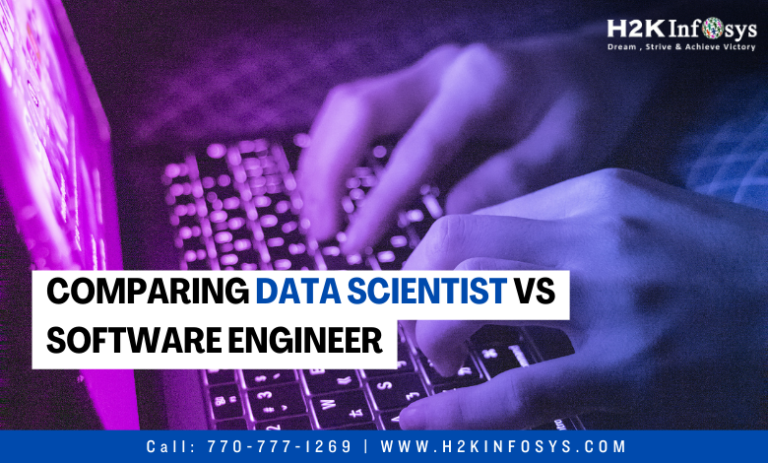








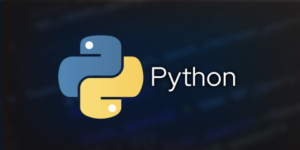
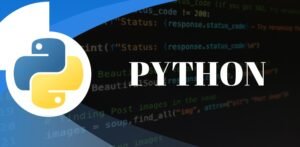
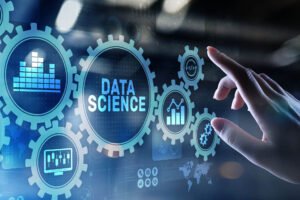
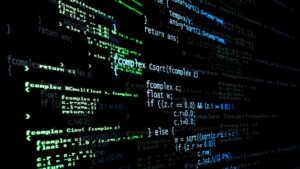
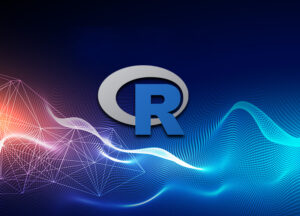
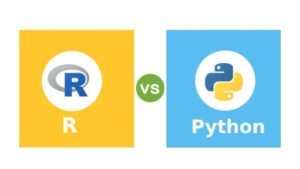


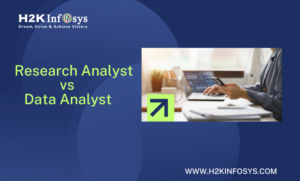


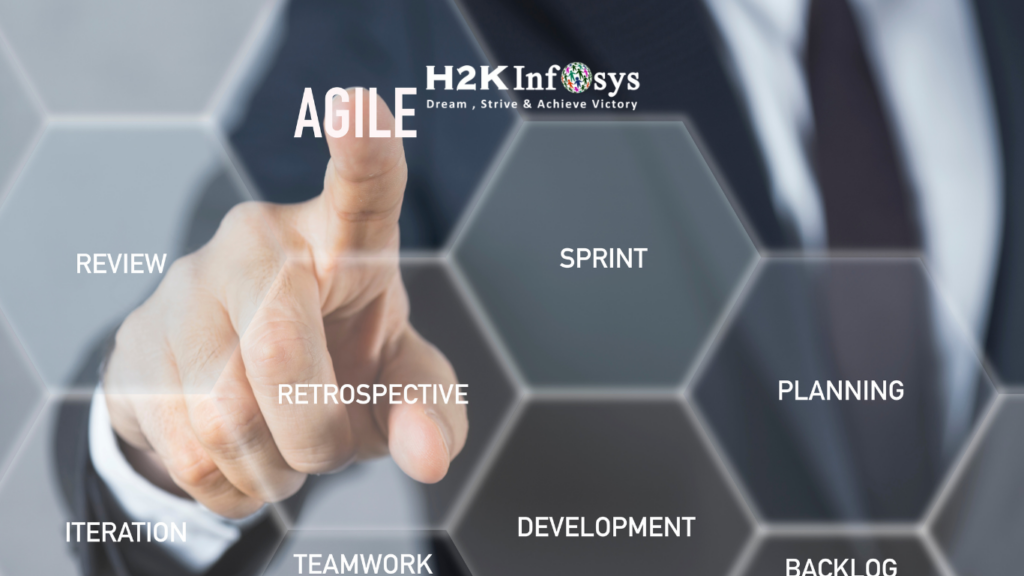









2 Responses